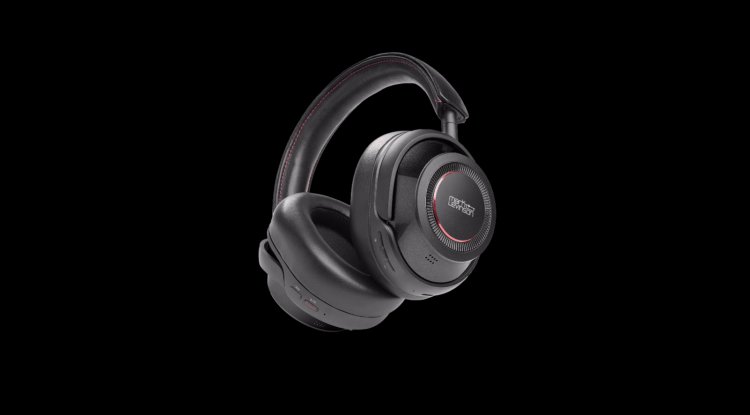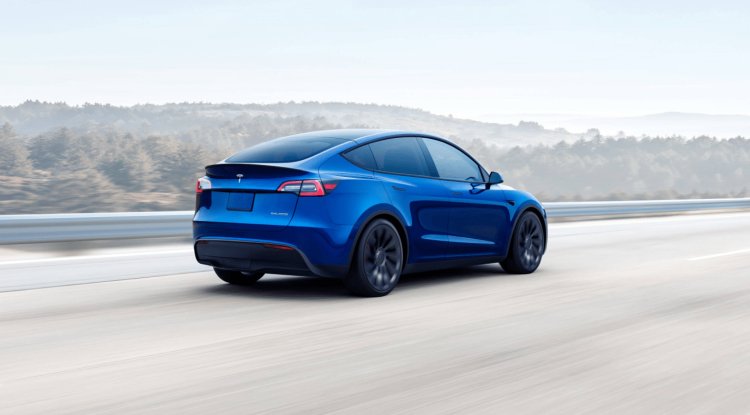4 MISTAKES MADE BY EVERYONE WHEN CHARGING

Here are some tips for maintaining the optimal condition of the smartphone battery.
In this text, we will deal with other things, the ones that have always interested you, and you didn't have time to ask about it. The battery on smartphones is one of the most important components and is one of the key factors that influence the final decision of the user to buy a device.
It can also be said that mobile phones have "outgrown" their original role and that they are now devices without which we can practically not imagine a day. In order for the use of the phone to be pleasant and undisturbed, it is necessary to maintain the battery, and below are some tips that can help you with that.
Optimal phone charging time
A large number of users practice charging the phone only when the battery is exhausted or when the condition is critical, so the search for an outlet becomes the most important thing in the world. However, in practice, it has been shown that the service life and autonomy of the battery are reduced if its capacity is often used to the maximum.
It is recommended that we do not end up in a situation where the battery "drops" to below 20% of its capacity since this can have long-term consequences on its service life.
Also, care should be taken not to charge the battery to the maximum capacity, in order to maintain its autonomy at the optimal level. This is true not only for mobile phones but also for laptops and other similar devices.
It is recommended that the battery is always at 20 to 80 percent of its capacity!
Question of all questions - charging overnight
Many users are accustomed to the practice of charging the phone while sleeping, so the devices spend the whole night on the charger. However, this practice carries with it certain risks, which we have certainly already written about, so remind yourself in detail of the technical explanation, which includes a little chemistry, a little physics, and just a little common sense to understand all that.
But, to cut a long story short - if the phone is connected to the charger all night, the battery will be under high voltage for a longer period of time. In this particular case, the active material inside the battery will be in a metastable state, which will significantly accelerate the reduction of battery life and autonomy.
It is recommended to remove the phone from the charger in time, in order to keep the battery in optimal condition, which means either not charging the battery all night or using the provided charging control option, if your phone supports it.
The ambient temperature affects the charging of the phone
The chemical characteristics of lithium batteries determine the optimal ambient temperature (defined in the user manual, which comes with the smartphone).
In low-temperature environments, the electrochemical activity of the battery will be reduced, which means that the power of the phone, which can be used effectively, will be at a lower level than operating at normal operating temperatures.
When the phone starts processes that consume a large amount of energy (such as taking photos, making videos, or playing games), the remaining capacity of the phone, which can be used, will drop significantly compared to operating at normal temperatures.
For example, using the phone while it is on the charger will generate a significantly higher degree of heat, which will result in faster battery discharge. Therefore, the practice of using the phone on a charger is not recommended.
Charging the battery with another phone's charger
Every phone manufacturer makes a charger according to pre-established specifications and principles for fast charging.
If you use a charger for charging your smartphone, which is not provided for that brand, fast charging may not work and there is a real danger of damaging your phone, ie. battery.
In order for the battery to be in optimal condition, it is recommended to use the chargers provided for this phone model, as not all battery and charger manufacturers have compatible devices and accessories for batteries and chargers from other manufacturers.





























